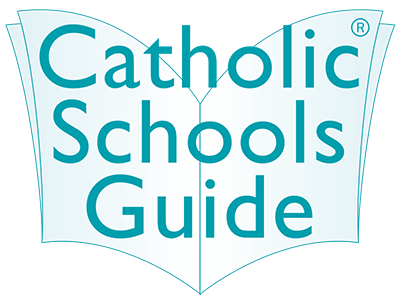News and Media

The Digital Education Revolution by Dr Gerard Calnin
The Australian Labor Government commenced the roll out of its $2.4 billion Digital Education Revolution (DER) in 2008, the centerpiece of the policy being the goal that each Year 9-12 student throughout Australia would have access to his/her own computer. The policy initiative aimed to purchase in excess of 800,000 machines nationally.
Each Catholic secondary school throughout Australia was a recipient of funding to support the purchase of machines for students in Years 9-12, plus funds to support their IT infrastructure, such as wireless connections, new servers, interactive whiteboards and other supporting technologies.
In Victoria for example, each Catholic secondary school was given the choice about what technologies to purchase so that they were able to make judgements about what tools would best support student learning based on the school’s vision, its experience with technology, and the development of teacher skills in the effective use of technology in the classroom. Across the sector we saw a range of responses: some schools adopted a laptop program where students took the machine home; other schools provided banks or trolleys of machines for students to use throughout the day; and others chose a mixed-method where they selected laptops, some desktops and other devices to serve the needs of student learning.
Catholic secondary schools have committed considerable resources and time in reflecting on what it means for students to have access to such a high level of technology in the classroom. Each school reviewed its vision statement, clarified what learning might look like in a contemporary classroom, and reviewed the way in which they support teachers to move towards a technology rich teaching environment.
Our schools have been busy implementing the DER and the ways in which it has impacted on many elements of school life. One of the great outcomes of the program is the re-vitalisation and renewed investment in talking about how students learn and what professional teaching practices can best support the move to a technology-rich environment. These conversations have transcended discussion about technology – they have focused on high quality teaching and learning. These important conversations have led to schools exploring ways to support teachers through professional learning both within their own learning context and with other schools.
We have seen considerable evidence of change to both teacher practice and student learning. It is encouraging to hear principals talk about the way their teachers have embraced the technology to design learning experiences for their students which allow for greater student autonomy and choice. Teachers have also been able to draw on a broader range of resources available through the Internet, and have engaged in collaborative learning activities with students in other parts of the country and, on occasions, with students in different parts of the world. The technologies have increased opportunities for students to learn, and principals have reported on increased student engagement.
In my visits to schools, it has been heartening to see students using technology in field trips and on excursions; to find them working together collaboratively both in real spaces and virtual spaces; and to see the level of creativity in their work as they engage with high quality software and facilities. Increasingly, we are seeing students take responsibility for their computer as one of their learning tools, and being able to use it to access higher levels of learning.
During the last two years, many of our schools have worked together, and with the Catholic Education Office, to better understand what schooling looks like in the 21st century; and they have articulated individual philosophies and approaches to teaching. Many schools have worked together to share resources and expertise. A group of schools, which are adopting iPads in 2012, met on three occasions during Semester Two of 2011 school year to share strategies and resources to help students and teachers who will have access to their own iPads.
While the focus has been on the roll-out of computers, the Digital Education Revolution has made significant investment in a range of programs to support the effective implementation of the technology in the classroom. Programs which have been funded have included professional learning strategies for teachers, investment in digital resources and online materials, and a link to the Australian Curriculum online materials. Initially, the Commonwealth Government set aside funds to support broadband connections for schools; these funds have now been absorbed by the larger National Broadband Network initiative.
Catholic schools have also benefited from initiatives in the sector such as the Catholic Network Australia which provides high quality broadband to schools, and a recent initiative to build a learning management system so that schools can collaborate, teachers can access resources, and students can interact with online resources and people in remote areas.
The Digital Education Revolution has challenged our thinking. Catholic schools have benefited from access to funds, but what has been most important is that our schools have taken the opportunity to continue to develop learning environments which are relevant, rich in resources, contemporary and designed to support continual improvement of student learning outcomes.

Based in Victoria, Dr Gerard Calnin is currently Senior Program Officer with the Catholic Education Office, with responsibility for the Digital Education Revolution within the Catholic education system in Victoria. Gerard has worked in schools for more than 25 years during which time he has held executive leadership roles in government, Catholic and Independent schools. Gerard has worked in the tertiary sector as a researcher and teacher and he was Senior Fellow, Department of Education, University of Melbourne, and Dean of University of Melbourne’s Newman College.
Coupled with his work in both the school and tertiary sectors, Gerard’s research experience has led to a strong knowledge base in learning theory and areas that help build teacher capacity. His doctoral research was undertaken in the area of the effective use of technology in teaching and learning. He has been published both in Australia and internationally, particularly in the United States and Britain, where he worked as an international research fellow.

